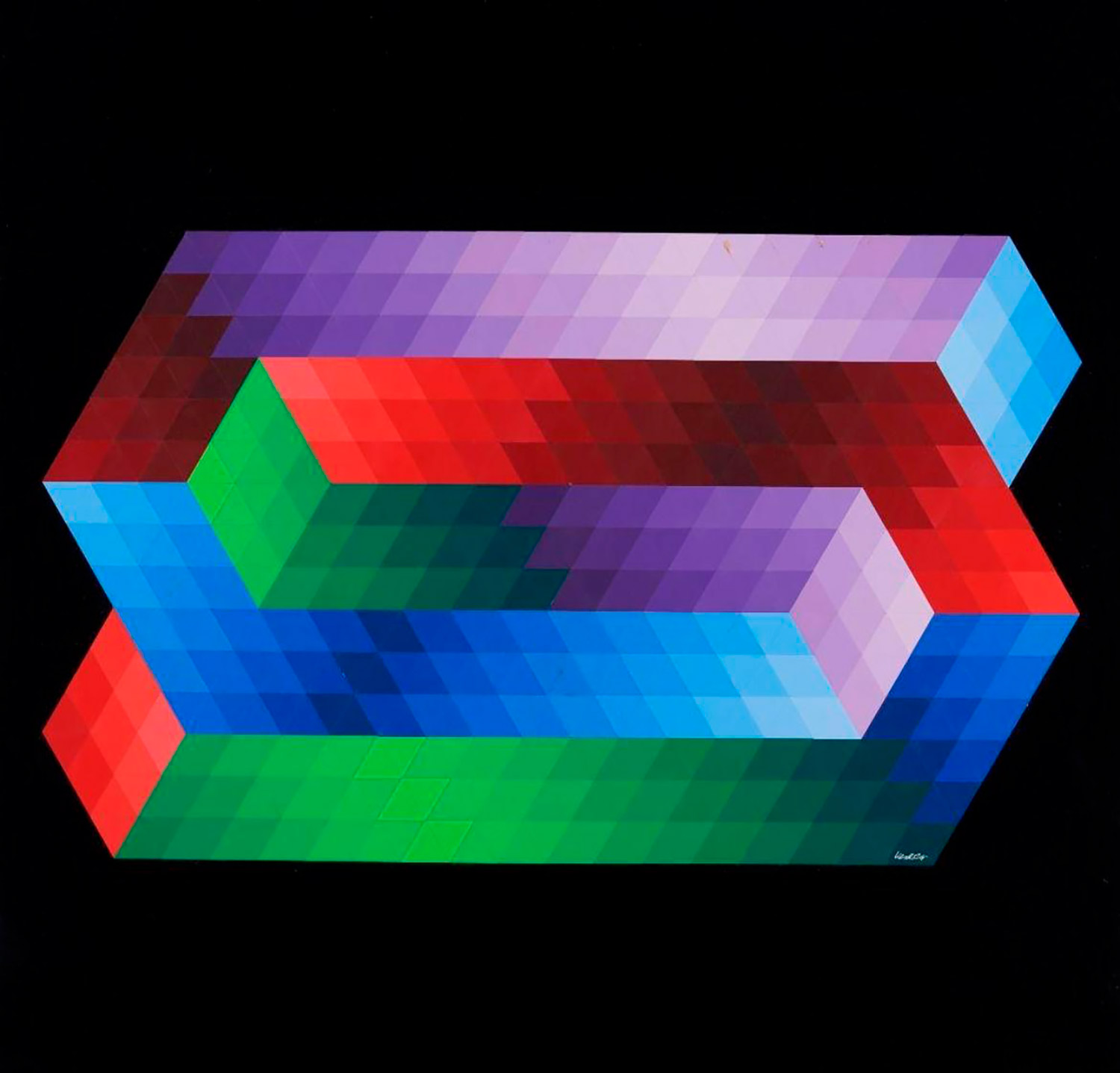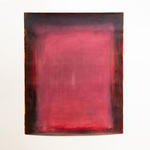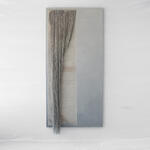Victor Vasarely
Bio
(Vásárhelyi Győző, Hungary, 1908 – France, 1997), rebaptized as Victor Vasarely in France, was the father of Op art. In the early 1930s, he settled in Paris, working as a graphic designer for advertising agencies. After a period of figurative expression, he turned to abstract, constructive, and geometric art, beginning his main research on geometric abstract art that creates optical effects of movement. Vasarely called this development visual kinetic art (cinétique plastique), based on the perception of the viewer, who ultimately becomes the sole creator of the work.
From 1948, he regularly exhibited at the Denise René gallery and began creating works integrated with space. He received the Guggenheim International Award in 1964 and the Grand Prize at the São Paulo Biennial in 1965. During these years, he created two-dimensional works that visually suggested movement and three-dimensional works that required the viewer's movement to produce the kinetic effect. In the late 1960s, he received further recognition, such as the Carnegie Institute's Painting Award in Pittsburgh.
Statement
Victor Vasarely aimed to incorporate the temporal dimension into plastic form. His painting is based on scientific rigor, combining the laws of physics and geometry, alongside the perceptual qualities of color and its influence on visual perception. His work focused not so much on the beauty of forms but on the visual surprise they produce, driven by perceptual deception. His main artistic research was in geometric abstract art, which creates optical effects of movement. Vasarely called this development visual kinetics (cinétique plastique), based on the viewer's perception, who is considered the true creator of the work. He used various materials, but with a minimal number of shapes and colors, seeking a measured, rational, and serene painting based on grids and patterns.


2.5 x 4m / 98.4 x 157 in














